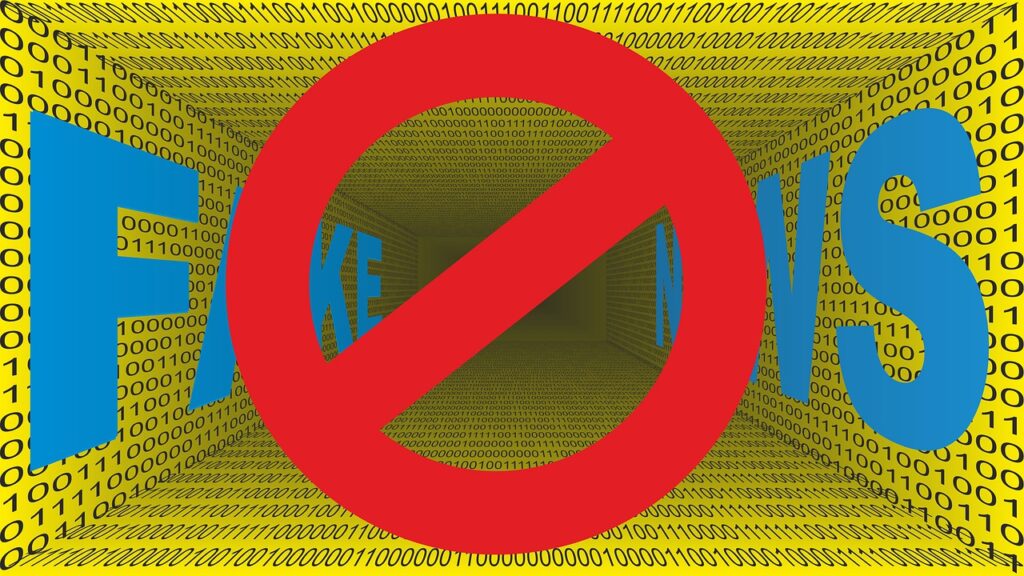How Do You Approach Fact-checking In Nonfiction?
Introduction
Fact-checking is a crucial aspect of writing nonfiction, as it ensures the accuracy and credibility of the information you are presenting to your readers. In this article, we will explore various methods and strategies you can use to effectively fact-check your nonfiction writing.
Why Is Fact-checking Important?
Fact-checking is important because it helps to build credibility and trust with your readers. Inaccurate information can damage your reputation as a writer and lead to a loss of trust from your audience. By fact-checking your work thoroughly, you are showing your readers that you are committed to providing them with accurate and reliable information.

Types of Information to Fact-check
When fact-checking your nonfiction writing, it is essential to verify all types of information, including:
- Facts and figures
- Names of people, places, and organizations
- Dates and timelines
- Quotations and references
It is crucial to fact-check every aspect of your writing to ensure that it is accurate and supported by credible sources.
Fact-checking Methods
There are various methods you can use to fact-check your nonfiction writing, including:
- Double-checking your sources: Ensure that the sources you are using are reliable and up-to-date. Cross-reference information from multiple sources to verify its accuracy.
- Conducting interviews: If you are including information from interviews in your writing, make sure to fact-check the information with the interviewee to confirm its accuracy.
- Fact-checking websites: Utilize fact-checking websites such as Snopes and FactCheck.org to verify the accuracy of information.
- Consulting experts: Reach out to experts in the field you are writing about to validate the information you are presenting in your writing.
By using a combination of these methods, you can ensure that your nonfiction writing is thoroughly fact-checked and accurate.

Fact-checking Tools
There are several fact-checking tools available that can help you verify the accuracy of information in your nonfiction writing, including:
- Grammarly: Grammarly’s premium version includes a plagiarism checker that can help you identify any inaccurate information in your writing.
- Hemingway Editor: Hemingway Editor helps you improve the clarity and accuracy of your writing by highlighting complex sentences and common errors.
- Google Scholar: Google Scholar is a free search engine that allows you to search for scholarly articles and publications to verify the information in your writing.
By utilizing these tools, you can streamline the fact-checking process and ensure that your nonfiction writing is error-free.
Fact-checking Best Practices
When fact-checking your nonfiction writing, it is essential to follow some best practices to ensure thorough and accurate fact-checking, including:
- Start fact-checking early: Begin fact-checking your writing as soon as you have completed your first draft to allow ample time for corrections and revisions.
- Keep detailed records: Maintain a record of all your sources, including URLs, publication dates, and author names, to facilitate the fact-checking process.
- Be transparent: If you make a mistake in your writing, be honest with your readers and correct the error as soon as possible.
By following these best practices, you can ensure that your nonfiction writing is accurate and reliable.

Fact-checking Challenges
Fact-checking nonfiction writing can present several challenges, including:
- Access to information: Some information may be difficult to verify due to its sensitive nature or limited availability.
- Time constraints: Fact-checking can be time-consuming, especially when dealing with complex or detailed information.
- Confirmation bias: Writers may have a tendency to overlook information that contradicts their thesis or preferred narrative.
To overcome these challenges, it is essential to approach fact-checking with an open mind and a commitment to accuracy and thoroughness.
Fact-checking Checklist
To help you effectively fact-check your nonfiction writing, use the following checklist:
- Verify all facts, figures, and data with credible sources.
- Cross-reference information from multiple sources to ensure accuracy.
- Check the spelling of names, places, and organizations for accuracy.
- Confirm the publication dates of your sources to ensure relevance.
- Identify any potential biases or conflicts of interest in your sources.
- Verify the authenticity of any quotations or references included in your writing.
By following this checklist, you can ensure that your nonfiction writing is thoroughly fact-checked and accurate.

Conclusion
Fact-checking is a critical part of writing nonfiction, as it ensures the accuracy and credibility of the information you are presenting to your readers. By following the methods, tools, best practices, and checklist outlined in this article, you can effectively fact-check your nonfiction writing and build trust with your audience. Fact-checking may be challenging at times, but it is a necessary step in producing high-quality and reliable nonfiction writing. Remember, accuracy is key when it comes to fact-checking in nonfiction.

Comments are closed